Disclosure: This article contains affiliate links. We may earn a commission from purchases at no extra cost to you, which helps our travel content.
When I first planned my trip to Madagascar, everyone told me it would be prohibitively expensive. As someone who's navigated public transportation to marathons across six continents, I took that as a challenge. Madagascar represents one of our planet's most unique biodiversity hotspots, with Andasibe National Park standing as the crown jewel for experiencing the island's famous lemurs. After spending a week exploring this remarkable ecosystem in October last year—timing my visit between the rainy season and peak tourist crowds—I discovered that with strategic planning and local connections, you can experience this ecological wonderland without emptying your bank account. This guide breaks down exactly how to make an Andasibe adventure work on a shoestring budget while maintaining the principles of responsible ecotourism.
Getting to Andasibe: Transportation Hacks
Madagascar isn't connected by an extensive public transportation network, but that doesn't mean you need to book expensive private transfers. From Antananarivo (Tana), the capital, you have two budget-friendly options to reach Andasibe.
The most economical is the taxi-brousse (shared minivan) from the eastern station in Tana. At roughly 15,000-20,000 Ariary (≈$3-5), it's unbeatable for price but requires patience and flexibility. These depart when full, typically in the morning, and take 3-4 hours depending on stops. I left my accommodation at 6:30am to secure a seat on the first departure and arrived in Andasibe village by late morning.
Alternatively, if you connect with other travelers (I met two German backpackers at my hostel), sharing a private taxi becomes reasonable at about 200,000 Ariary split three ways (≈$15-20 per person). The advantage is direct service to your accommodation and a more comfortable ride.
For my return journey, I opted for the taxi-brousse experience. While cramped with 18 passengers, a chicken, and countless bags of produce, it provided an authentic glimpse into everyday Malagasy life. The driver even stopped at a roadside market where I purchased fresh lychees for just 2,000 Ariary.
Before your trip, I recommend downloading the Maps.me app and the Madagascar map package. Cell service is spotty, and having offline navigation proved invaluable for tracking our route and finding accommodations upon arrival.
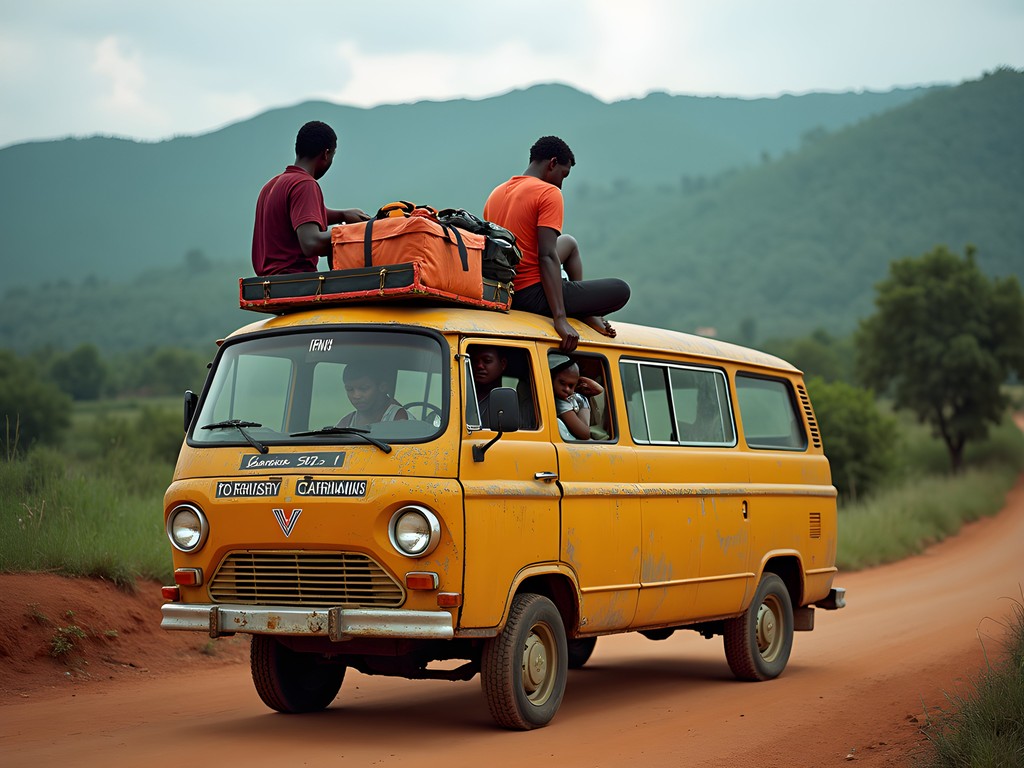
💡 Pro Tips
- Book your taxi-brousse ticket a day in advance if possible
- Arrive at the station by 6:30am for morning departures
- Keep small bills handy for the fare—drivers rarely have change
- Sit near the front for more legroom and less motion sickness on winding roads
Budget Accommodation Near the Park
Andasibe offers accommodations ranging from basic guesthouses to luxury ecolodges. For budget travelers, the sweet spot is family-run guesthouses in Andasibe village, just 1.5km from the park entrance.
I stayed at Chez Benny, a simple guesthouse run by a former park guide. At 40,000 Ariary (≈$10) per night including breakfast, it represented exceptional value. The rooms are basic but clean with mosquito nets, and Benny's family serves delicious traditional Malagasy meals for an additional 15,000 Ariary. More importantly, Benny offered insider knowledge about the park that proved invaluable.
Another solid option is Feon'ny Ala ("Song of the Forest"), which offers slightly more comfortable rooms starting at 60,000 Ariary. Their restaurant serves reliable meals, making it convenient after long days of trekking.
For those on an ultra-tight budget, Mad Zebu Hostel offers dorm beds for around 30,000 Ariary. While basic, it's clean and attracts an interesting mix of international travelers who often organize group excursions to split guide costs.
The key advantage of village accommodation versus the pricier lodges closer to the park isn't just cost—it's access to local markets and food options. I saved significantly by purchasing fruits, bread, and snacks from village vendors for my daytime excursions.
Whichever accommodation you choose, bring a sleeping bag liner for added comfort and hygiene, especially in the more basic establishments where bedding may be limited.
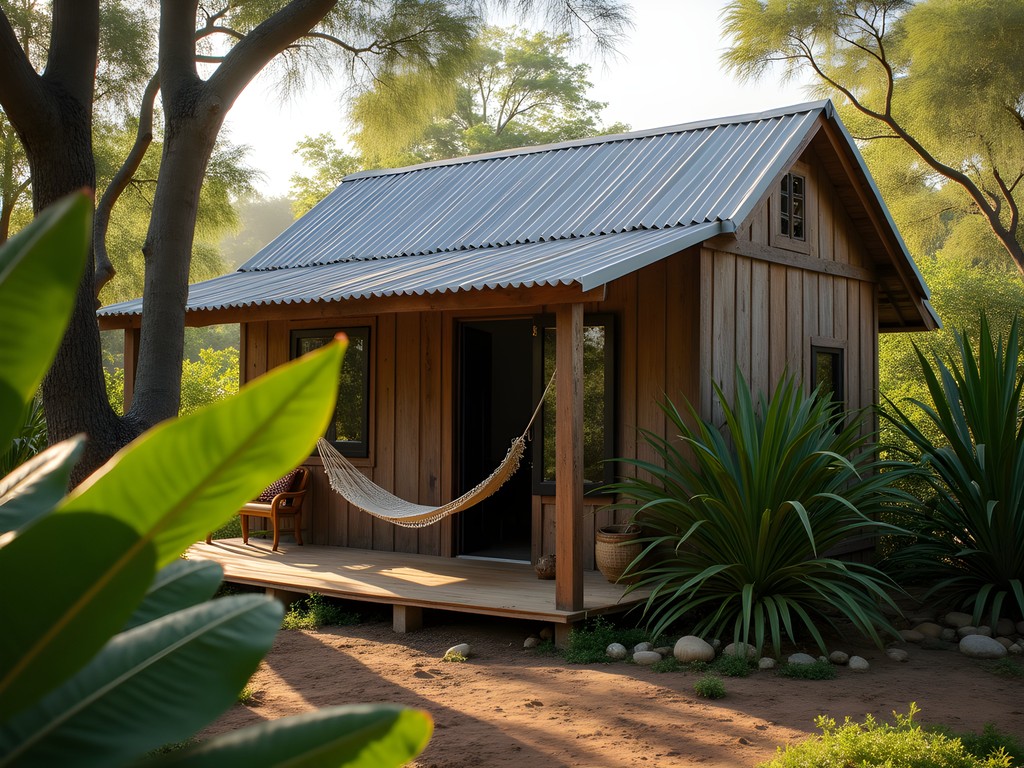
💡 Pro Tips
- Book accommodations directly via WhatsApp when possible to avoid booking fees
- Ask your guesthouse about discounted guide services
- Bring a headlamp for navigating during frequent evening power outages
- Request a room away from the road to minimize noise from early morning traffic
Park Entry & Guide Strategies
Andasibe-Mantadia National Park is actually two connected reserves: Analamazaotra (the smaller, more accessible section) and Mantadia (larger, more remote). This distinction matters for budget travelers because they require separate entrance fees.
For Analamazaotra, where most indri lemur sightings occur, the entrance fee is 65,000 Ariary (≈$16) per day. Mantadia costs the same but requires additional transportation. Guides are mandatory for both, with official rates at 100,000 Ariary (≈$25) for half-day tours.
Here's my strategy for maximizing value: I focused two full days in Analamazaotra rather than trying to visit both sections. This eliminated extra transportation costs to Mantadia (approximately 200,000 Ariary for a round-trip taxi).
For guided tours, I connected with other travelers at my guesthouse and we split the guide cost four ways. Many guides are willing to take groups of up to 8 people for the same rate, making this a significant savings. Our guide, Zo, was exceptional—his ability to spot camouflaged chameleons and explain complex ecological relationships enhanced our experience tremendously.
I highly recommend the night walk in the Voimma Reserve (adjacent to the national park) for just 30,000 Ariary plus 40,000 for a guide (again, splittable). We spotted mouse lemurs, woolly lemurs, and numerous chameleons that are invisible during daylight hours.
For photography enthusiasts, I suggest bringing a compact zoom lens rather than multiple lenses. The humid conditions make lens changes challenging, and this versatility allows you to capture both wide forest scenes and zoom in on lemurs high in the canopy without carrying excessive gear.
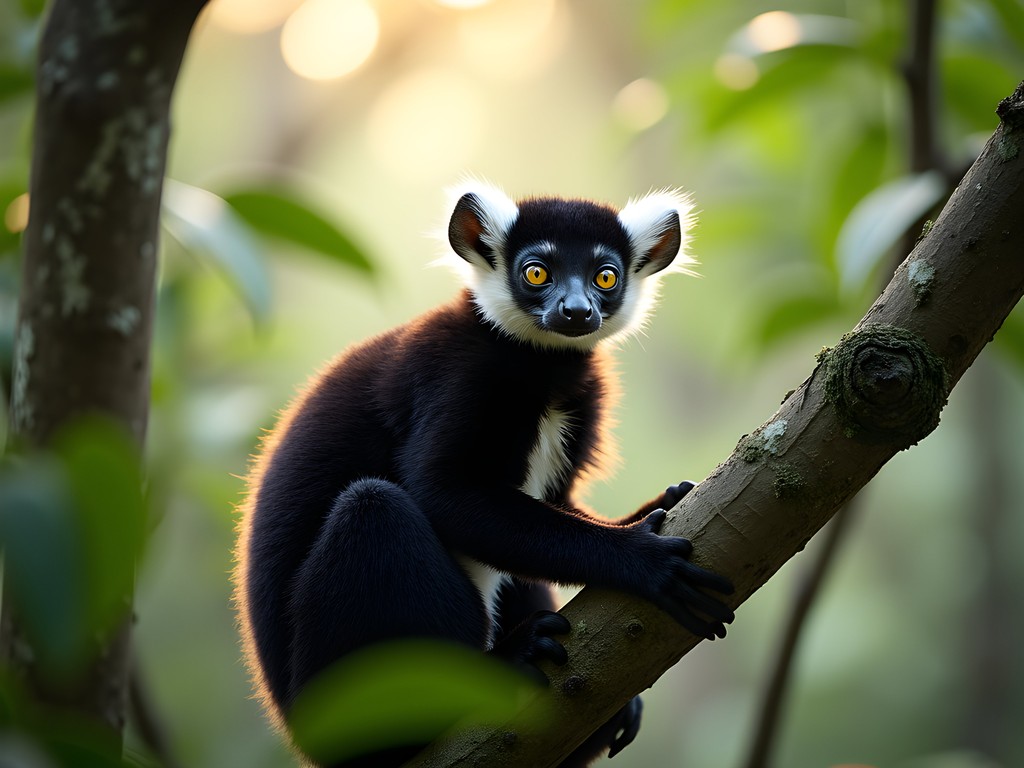
💡 Pro Tips
- Visit the park office upon arrival to arrange shared guides for the following day
- Book the 6:00am tour for the best chance of hearing the indri's morning calls
- Bring your student ID if applicable—discounts are sometimes available
- Hire guides directly at the park office rather than through hotels to avoid commissions
Eating Well on a Tight Budget
Food costs can quickly erode a travel budget, but Andasibe offers several strategies for eating well without overspending. The village has a small but vibrant market where local produce is remarkably affordable—I purchased bananas, lychees, mangoes, and avocados for just a few thousand Ariary each day.
Most guesthouses offer half-board options (breakfast and dinner) for around 30,000-40,000 Ariary per day. This typically includes rice-based dishes with vegetables and occasional meat or fish. At Chez Benny, I enjoyed traditional dishes like romazava (beef stew with greens) and ravitoto (pork with cassava leaves).
For lunch, I packed simple provisions from the local market and bakery. A fresh baguette (2,000 Ariary) with avocado and tomato made for perfect trail food. The collapsible water bottle I brought was essential—I filled it each morning with filtered water from my guesthouse, saving both money and plastic waste.
For prepared meals, Andasibe has several modest restaurants catering to varying budgets. Café Indri near the park entrance offers decent meals for 15,000-25,000 Ariary. For ultra-budget options, small roadside hotely serve basic but filling rice and laoka (side dish) combinations for as little as 6,000-10,000 Ariary.
One unexpected culinary highlight was connecting with my guide's family. After mentioning my interest in local cooking, our guide Zo invited our small group to his home where his wife prepared a feast of local specialties for 25,000 Ariary per person—more than a restaurant meal but an unforgettable cultural exchange that directly benefited a local family.
Be aware that many establishments in Andasibe don't accept credit cards, so bring sufficient cash from Antananarivo. ATMs are nonexistent in the village, and the nearest reliable one is hours away.
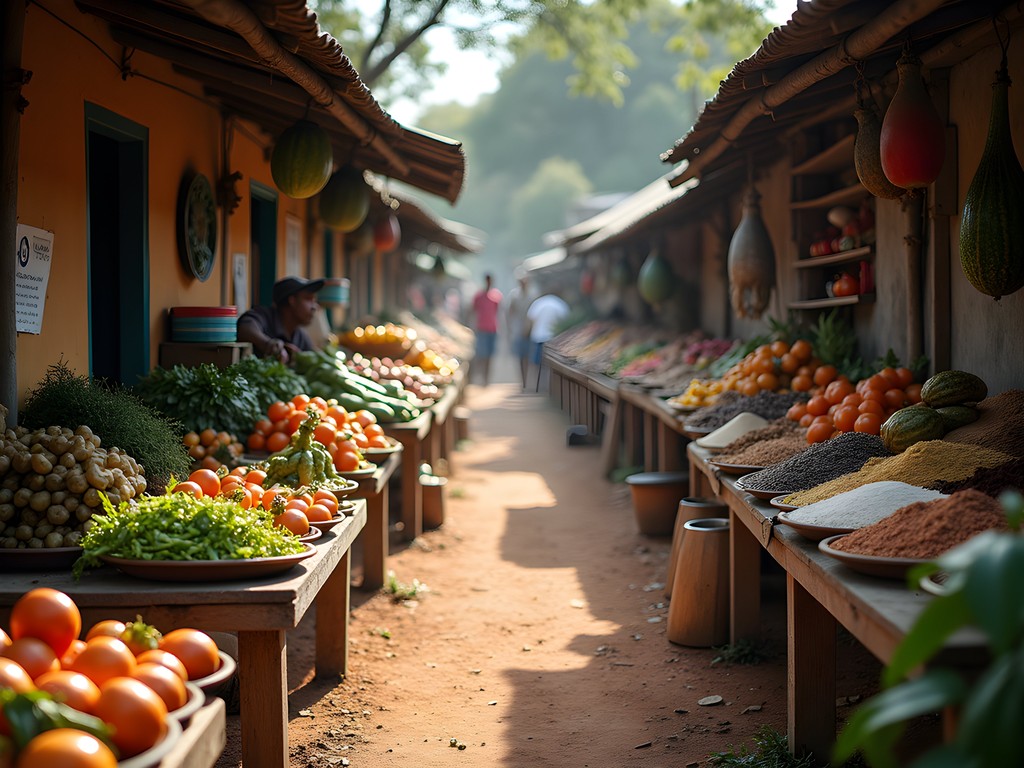
💡 Pro Tips
- Buy produce early in the morning when selection is best
- Learn basic Malagasy food terms to navigate local eateries
- Bring a reusable container for packing market purchases and picnic lunches
- Ask your guesthouse about cooking facilities—many allow guests limited kitchen access
Free & Low-Cost Activities Beyond Guided Tours
While guided park tours are essential for spotting wildlife, Andasibe offers several complementary experiences that cost little or nothing, allowing you to extend your stay without extending your budget.
The road between Andasibe village and the national park serves as an excellent free hiking route. I spent one morning simply walking this 1.5km stretch, spotting numerous bird species and even a group of bamboo lemurs that had ventured close to the road. The early morning hours (5:30-7:30am) proved most productive for wildlife sightings outside the park boundaries.
Another no-cost activity is visiting Mitsinjo Forest's tree nursery. This community-run reforestation project welcomes visitors to learn about their conservation efforts. While donations are appreciated, there's no formal fee, and the staff enthusiastically explained their work rehabilitating degraded forest areas.
For a nominal fee (about 10,000 Ariary), you can visit the Lemur Island sanctuary near the Vakona Forest Lodge. While I generally prefer seeing wildlife in truly natural settings, this rehabilitation center for formerly captive lemurs offers guaranteed close encounters with several species. It's an excellent photography opportunity and the proceeds support animal care.
The village itself deserves exploration. I spent an afternoon wandering the small settlement, photographing daily life and practicing my limited Malagasy phrases with locals. This cultural immersion cost nothing but yielded some of my most memorable experiences.
For tracking these walks and recording wildlife sightings, I used my fitness watch which has excellent battery life and GPS functionality even in remote areas. The track recording feature helped me map interesting locations to revisit or share with other travelers.

💡 Pro Tips
- Dawn and dusk offer the best free wildlife viewing opportunities along public roads
- Visit the Andasibe school if in session—they sometimes welcome visitors and donations of basic supplies
- Bring binoculars for spotting wildlife outside park boundaries
- Learn basic Malagasy greetings to connect with villagers during self-guided walks
Responsible Budget Travel in a Fragile Ecosystem
Traveling on a budget in Madagascar requires a delicate balance between cost-saving and responsible tourism. As a sustainability professional, I'm acutely aware that Andasibe's ecosystem is under threat from deforestation, climate change, and poorly managed tourism.
While seeking bargains, I maintained principles that ensured my visit contributed positively to conservation and local communities. First, I never haggled aggressively with guides or service providers. The official guide rates (around $25 per half-day) represent fair compensation for specialized knowledge that took years to develop. Instead of negotiating lower rates, I organized shared tours to reduce per-person costs.
Second, I directed my limited funds toward locally-owned businesses rather than international chains. My guesthouse, meals, and even souvenir purchases (I bought small wooden lemur carvings directly from the artisan) ensured my money reached community members.
Third, I minimized my environmental footprint by carrying a water filtration system rather than buying plastic bottles. Over my week-long stay, this prevented at least 14 plastic bottles from entering Andasibe's limited waste stream.
Fourth, I respected wildlife viewing guidelines even when not under direct supervision. This meant maintaining minimum distances from lemurs, never feeding wildlife, and staying on established trails to prevent habitat damage.
Finally, I allocated a small portion of my budget (about $30) as a donation to Association Mitsinjo, a community-run conservation organization working on reforestation and habitat protection in Andasibe. This direct contribution helps ensure the forest and its lemurs remain for future budget travelers to experience.
Remember that true budget travel isn't about extracting maximum experiences for minimum expenditure—it's about thoughtful allocation of limited resources in ways that create meaningful experiences while supporting destination sustainability.

💡 Pro Tips
- Research local conservation organizations before your trip and budget for a small donation
- Choose guides who demonstrate strong conservation ethics and knowledge
- Pack biodegradable soap and shampoo to minimize impact on local water systems
- Consider carbon offsetting your flight to Madagascar through verified forest protection programs
Final Thoughts
My week in Andasibe cost roughly $350 total—a fraction of what packaged tours charge—while delivering profound wildlife encounters and cultural insights that will stay with me forever. The haunting call of the indri echoing through misty forests at dawn. The pride in my guide's eyes as he explained his community's conservation efforts. The simple pleasure of fresh lychees purchased from a roadside stand after a long hike. These experiences aren't diminished by budget constraints—in many ways, they're enhanced by the resourcefulness and local connections that budget travel demands. Madagascar may be geographically isolated, but experiencing its natural wonders remains accessible to thoughtful travelers willing to research, connect with locals, and prioritize experiences over amenities. As you plan your own Andasibe adventure, remember that every ariary spent mindfully not only stretches your budget but also contributes to preserving one of our planet's most unique ecosystems.
✨ Key Takeaways
- Shared transportation and guides can cut costs by 50-75% without sacrificing experience quality
- Village-based accommodations offer better value and deeper cultural connections than luxury lodges
- Local markets and food vendors provide affordable, authentic cuisine for a fraction of restaurant prices
- Budget travel and responsible tourism can coexist through thoughtful spending that benefits local communities
📋 Practical Information
Best Time to Visit
April-May and September-November (shoulder seasons)
Budget Estimate
$45-60 per day including accommodation, food, transportation and activities
Recommended Duration
5-7 days
Difficulty Level
Moderate To Challenging
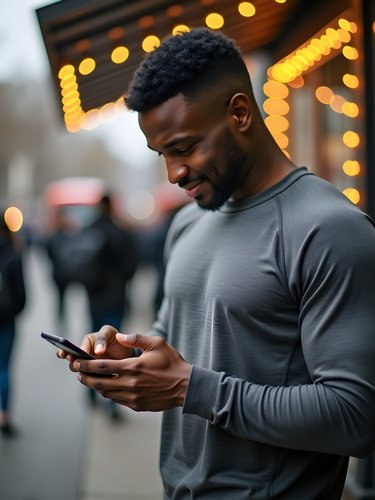

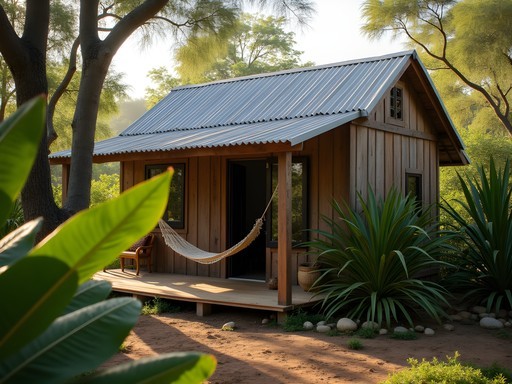


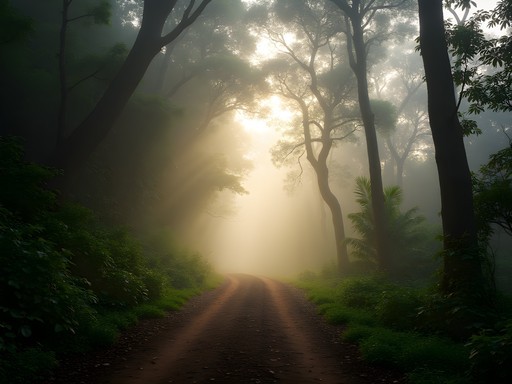
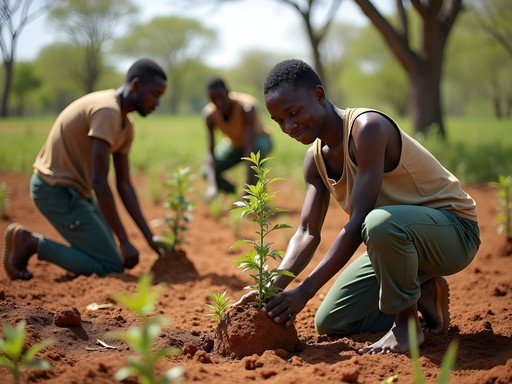


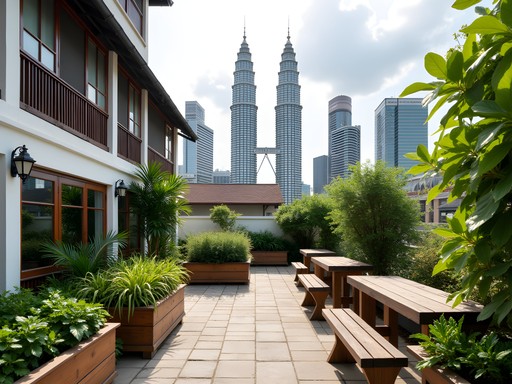
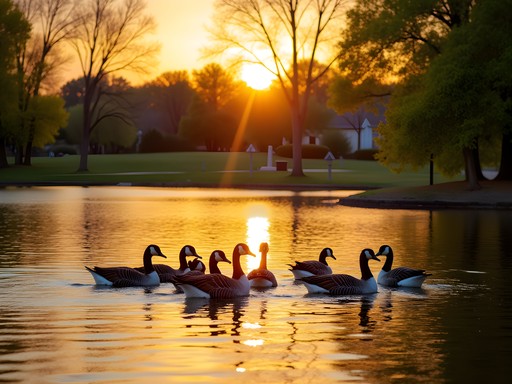
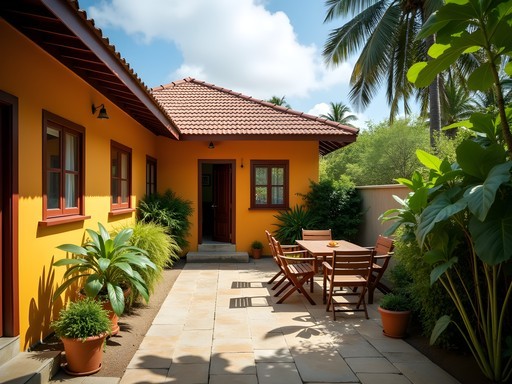





Comments
wildlifelover22
Going there next month! Any tips on camera gear? Want to capture the lemurs but traveling light.
coolvibes
The indri are usually high in the trees so a decent zoom helps. I just used my phone for most shots but wished I had something with better zoom capabilities for the lemurs.
MadagascarNewbie
Going there next month, any other tips on what to pack?
Joshua Stewart
Definitely bring rain gear (even in the dry season), good walking shoes, insect repellent, and a flashlight for power outages. Cash is king - few places take cards and ATMs are non-existent in Andasibe.
islandking
Great write-up Joshua! I was in Andasibe during rainy season (February) and while it was muddy, we had the park almost to ourselves. The lemurs were super active after rain showers. One thing to add about budget options - there's a small local restaurant just past the park entrance that serves amazing rice and laoka for about $2. No English menu but pointing works fine! Also, if anyone's planning a longer Madagascar trip, the shared taxi from Andasibe to Antsirabe is surprisingly comfortable and saves backtracking to Tana.
Joshua Stewart
That restaurant tip is gold! I think I missed that place. And great point about rainy season - fewer tourists is definitely a plus if you don't mind getting a bit wet.
coolnomad
OMG the lemurs!!! 😍 Just incredible. We splurged on a guide for a night walk too and saw mouse lemurs and chameleons. Totally worth the extra $15!
EcoExplorer
Just got back from Andasibe and followed many of your tips - they were spot on! The local guides were incredible and knew exactly where to find different lemur species. We stayed at Vakona Forest Lodge which was pricier than your suggestions but split between 4 people wasn't too bad. One thing I'd add for budget travelers: bring breakfast foods with you from Tana. We saved a lot by having simple breakfasts in our room before heading to the park. Also, the night walks are totally worth the extra fee - we saw mouse lemurs, chameleons, and even a woolly lemur!
sunnynomad
Thanks for the night walk tip! Did you book that through your accommodation or at the park?
EcoExplorer
We arranged it through the park office - it was about 40,000 Ariary per person (roughly $10) plus guide fee. Bring a headlamp if you have one!
oceanchamp2610
How safe is the public transport there? Thinking about going solo next year but a bit nervous about the taxi-brousse situation.
Fatima Sims
I did this route solo last year! The taxi-brousse is definitely an adventure - crowded and not the most comfortable, but I never felt unsafe. Just keep valuables close, bring snacks, and expect delays. The 3-hour journey took 5 hours for me because we stopped for every possible passenger! If you're really concerned, you can arrange a shared taxi with other travelers from hostels in Tana for about $15-20 per person instead of $5 for the taxi-brousse.
oceanchamp2610
Thanks Fatima! That's really reassuring. I think I'll try the taxi-brousse for the experience. Did you book accommodation ahead or just show up?
Fatima Sims
I booked one night ahead just for peace of mind (through WhatsApp), then extended while there. In shoulder season you're probably fine just showing up, but in peak season (July-August) maybe book ahead. I used my pocket phrasebook constantly - definitely recommend picking one up!
coolvibes
This is exactly what I needed! I've been wanting to visit Madagascar but was put off by tour prices. Did the same thing in Andasibe last year - took the taxi-brousse from Tana and stayed at Feon'ny Ala. The indri calls in the morning were absolutely worth the basic accommodation. Spent about $400 for 5 days including everything. Pro tip: bring cash as ATMs are scarce and learn a few basic Malagasy phrases - goes a long way with locals!
Joshua Stewart
Thanks for adding that tip about cash and basic phrases! Totally agree - I found 'Manakory' (hello) and 'Misaotra' (thank you) opened many doors.
TropicalTrekker
That shot of the indri lemur is incredible! What camera did you use?
Joshua Stewart
Thanks! Just my phone camera (Pixel 6) with digital zoom. The lemurs get surprisingly close if you're patient!
BackpackBuddy
Is the $350 including flights to Madagascar or just once you're there?
Joshua Stewart
Just the Andasibe portion - flights to Madagascar are separate. That $350 covers transportation from Tana, a week's accommodation, food, park fees, and guides.
MadaLover22
Love this! We did the public transportation too and saved so much money!
Venture X
Premium card with 2X miles, $300 travel credit, Priority Pass